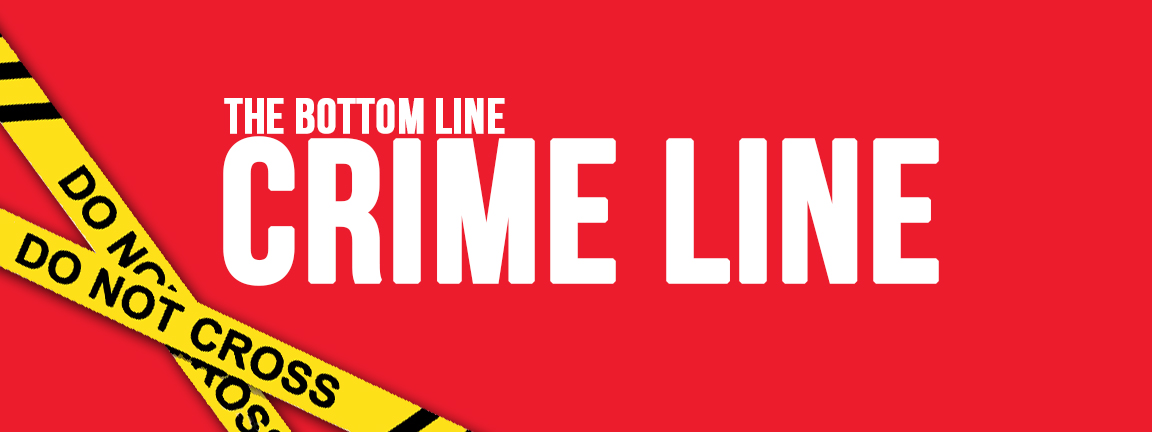Four Things You Should Know Before Using Portfolium
Portfolium, which describes itself as “the only student success network,” is an online application aimed at storing student resumes, projects, and personal information on a platform where potential employers can search and find job candidates. Similar to LinkedIn, the website connects users with similar interests and features a scrolling timeline of visual art projects, written work, and “artifacts.” In Portfolium slang, an “artifact” is something that helps students demonstrate their skills to employers in ways that their resume cannot, such as video media.
Portfolium was launched in 2014 by Adam Markowitz, a student at the University of California, San Diego. As of 2018, the site claimed to have 3.5 million students and alumni across more than 2,000 institutions. On Feb. 24, 2019, Instructure, the same company that provides the Canvas learning management system used on Frostburg’s campus, purchased Portfolium in a $43 million deal. Therefore, it is no surprise that Frostburg has decided to offer this platform to students given the overlap between Canvas and Portfolium. In fact, the University of Maryland system has selected Portfolium to run its pilot Career Readiness Digital Badging Initiative.
However, with all new services, it’s important to know what you’re signing up for. So here are the four things you should know before using Portfolium:
- After uploading user content to the site, Portfolium’s Terms of Service states that “you hereby grant to Portfolium an irrevocable, nonexclusive, royalty-free and fully-paid, worldwide license to distribute, publicly display and perform, prepare derivative works of, incorporate into other works, and otherwise use your User Content…” Therefore, all uploaded works on the platform become licensed to Portfolium to use as they see fit.
- All information users upload is visible to every other site user. Indeed, there aren’t “private” profiles on Portfolium and every piece of work uploaded is public. Moreover, not only are “artifacts” public, but it is possible to copy and paste original work from the platform.
- Information uploaded to Portfolium risks being plagiarized. After consulting several plagiarism sites, including Turnitin and Grammerly, it is clear that work put on Portfolium’s website is not scanned by these services. Therefore, it would be possible for others to steal your work and claim it as their own.
- Portfolium runs analytics on students and turns this data over to the university. This function, called Portfolium Assessment, allows institutions to gauge academic and co-curricular assessments of students with “custom, on-demand reporting.” Brigham Young University reportedly uses this feature at their Idaho campus to “extract useful Student Learning Outcome data” which helps to improve their courses. Nonetheless, it is important to know that what users do on Portfolium will be monitored by their host institution.
Whether Portfolium is the ultimate link between post-secondary education and the job market is yet to be seen. However, now that the tech company has been introduced to our campus, it is important for students to understand the implication of their content.



